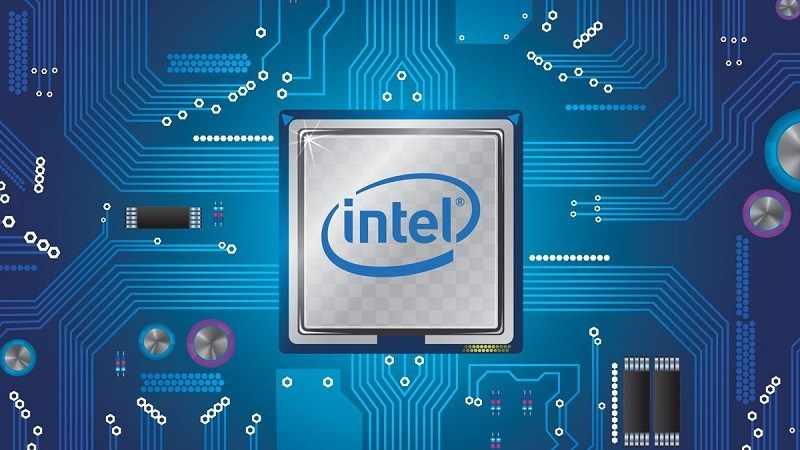
Intel is no doubt a powerhouse when to come to computing and graphical performance. However, one aspect of the market where they have not been able to leverage their expertise effectively in the mobile and low-end hybrid market, where ARM has generally taken over and found dominance in that market. Intel is not giving up though and has announced a new range of 3D-stacked Lakefield processors that are smaller, more versatile and most importantly, more portable so that they will be perfect for use in the mobile space.
The new “Intel Core processors with Intel Hybrid Technology” debuts two major technologies on its chipsets for the first time: hybrid cores and a more compact stacked Foveros 3D design. The idea behind the new hybrid core setup comes in combining the same 10nm architecture the 10th Gen Ice Lake chips are based on with four low-power Atom-class Tremont cores (for a total of five cores and five threads) on a single die. This arrangement allows for the capabilities of a powerful processor for heavy lifting while the others allow it to do some more light-eight multi-taking. An approach that is not too dissimilar from ARMs. Allowing them to provide the best of both worlds.

The big innovation on Intel’s side though comes from Intel’s 3D Foveros stacking technology, which allows for a far more compact package. This new design sees the Lakefield chipsets broken up into three layers. Two are logic dies, which contain the five CPU cores, Intel’s integrated UHD Graphics GPU, and the various I/O elements needed for a computer to work. The third bundles in DRAM, which helps further cut down on space. All told, according to The Verge the new Lakefield chips take up to “56 percent smaller package area for up to 47 smaller board size” compared to an Intel Core i7-8500Y processor.
Intel is debuting the new design in two news chips, the Core i5-L16G7 and the Core i3-L13G4, with the former clocking a 1.4 GHz frequency and the latter 0.8 GHz. So, overall, not blindingly fast but probably more than sufficient for many mobile devices and the lower clock speeds will certainly help reduce its power utilisation. The first devices using the new chipsets have already been announced: the Intel version of the Galaxy Book S (which previously had an ARM model powered by a Qualcomm Snapdragon 8cx), the foldable Lenovo ThinkPad X1 Fold, and the dual-screen Surface Neo. Could it be the game changer Intel needs in the mobile space?
Last Updated: June 11, 2020






















Seeker
June 11, 2020 at 19:41
Intel should just give in and make ARM powered chips for their low power processors. The x86 architecture is too big and inefficient in that field.